This whole wheat paratha flatbread makes ingenious use of just four ingredients—flour, water, salt and ghee—along with a unique folding technique that adds layers, texture, and flavor. It is also a lot of fun to make.
Whole wheat paratha is a great choice to go with a saucy vegetable dish or a bean and lentil dal curry, or both. The layered flatbread tears apart easily, so it can be used as a spoon, which is how it’s done in India.
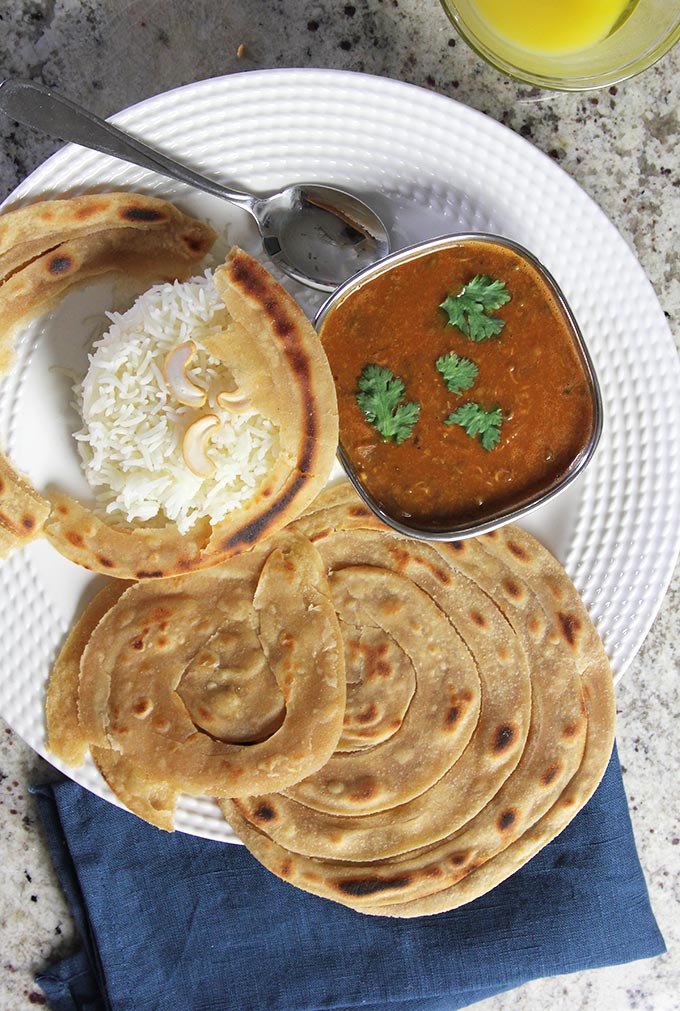
The wonderful thing about this flatbread is that each bite includes a taste of ghee.
Ghee is an healthy oil made by a process of clarifying butter. Its taste is similar to butter (and what’s not to love about that?) but it also has an added underlying nutty or caramelized flavor.
Did I just describe better butter? I think I did!!
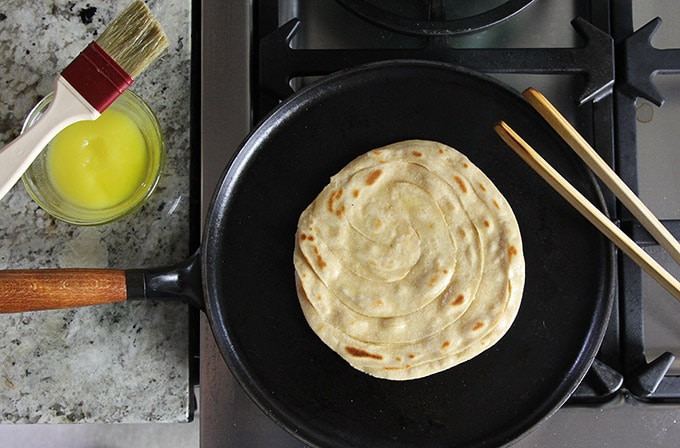
Unfortunately, you won’t be able to substitute butter for ghee, because butter will burn. One of ghee’s attributes is an extremely high smoke point due to the absence of any milk solids or moisture in ghee.
So to make this whole wheat paratha, if you don’t have ghee, and you don’t want to buy it right now, you can still try this recipe with vegetable oil.
Learn more about the 10 Healing Benefits of Ghee
Learn how to make Homemade Ghee
Learn How to Identify Quality Ghee, and Ghee Buying Tips
Whole Wheat Paratha, Folded Like A Sari
I learned to make this flatbread from cooks in India. These cooks suggested that one fold the flatbread like a sari.
To me, this is kind of funny. Folding like a sari is something that everyone in India would know, and it is the perfect description, but who else knows how to fold like a sari? What is a sari anyways?
For fun, I am including a photo so you will know. The folds are along the front of the skirt.
To wear a sari, you start with 6 yards of fabric, and somehow you fold it onto your body. It is an incredible process. Don’t worry though, folding whole wheat paratha isn't as difficult as folding a sari 🙂
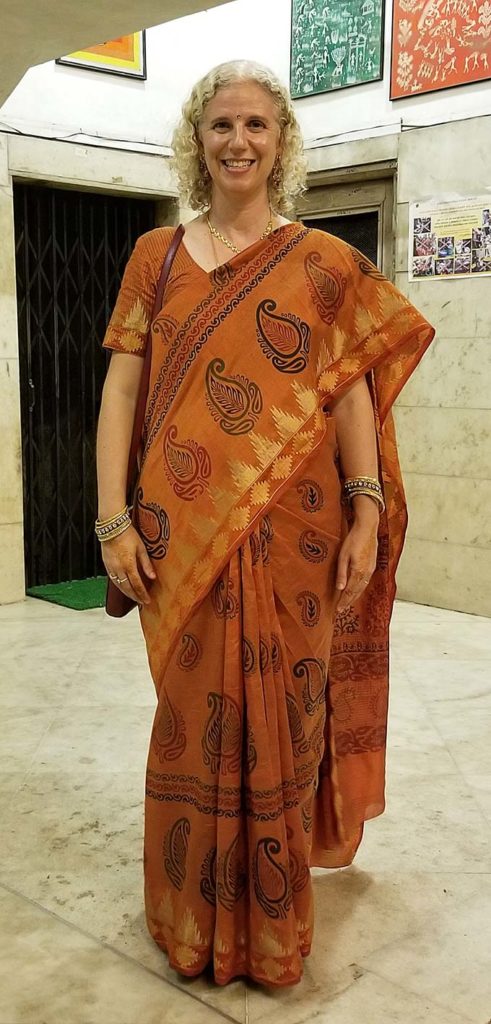
Outside India, we are more likely to understand folding the whole wheat paratha like an accordion fold.
To make the whole wheat paratha, first you roll out a piece of prepared dough to six inches in diameter.
Then you brush it with a thin layer of ghee, sprinkle flour on it, and fold it up like an accordion so the folds are stacked one on top of each other.
Next, you take your accordion strip, and curl it up. Think about a jelly roll, or how a cat curls up to sleep.
Next, you smush down the curled up roll, and sprinkle it with flour again.
Finally, you roll out the flatbread to 6–7 inches in diameter and it is ready to cook.
While it is cooking, you smother the bread with ghee, and the steam from the heat gently puffs up and exposes the lovely ghee layers as it cooks.
It looks really beautiful. Not to mention the intoxicating scent of sizzling ghee all over the paratha.
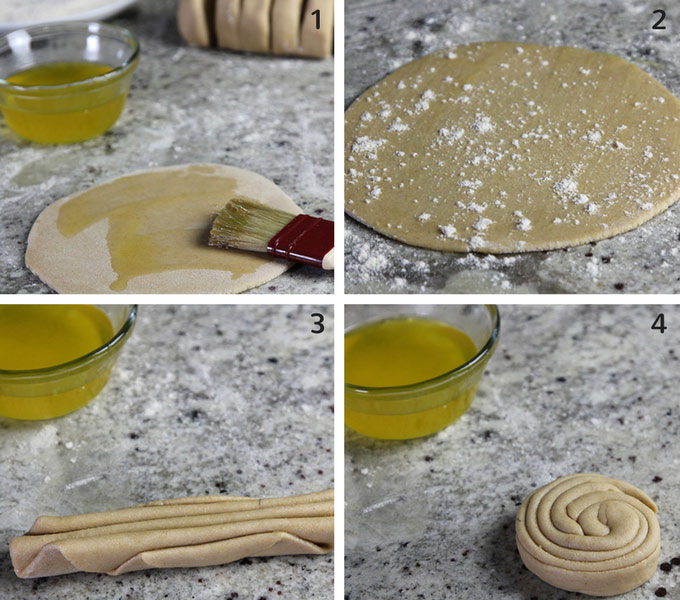
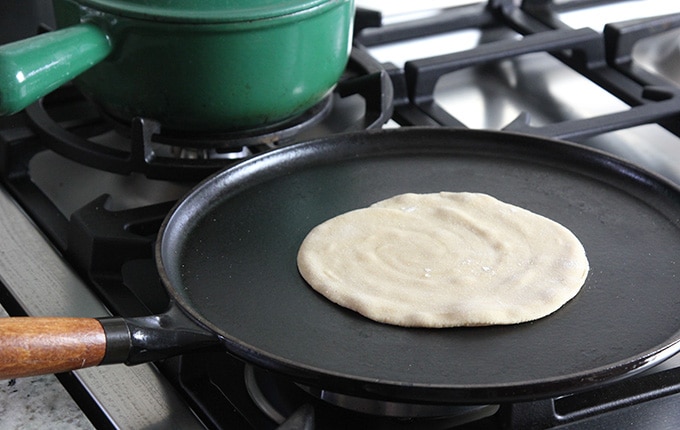
Choosing Your Flour
For making an unleavened Indian flatbread like whole wheat paratha, it really helps to have the right flour. An average whole wheat flour can be too coarse, so you will want to see my recommendations below.
If you have access to an Indian store, or you will see some Amazon recommendations below, you can buy chakki atta flour, or whole wheat flour labeled “for chapati.” Chakki is the absolute best.
Indian flour is made from hard red, hard white, or durum wheat, and chakki atta is made using a traditional stone mill, which leaves the bran and nutrition of the whole wheat grain intact.
The chakki mill is comparable to stone milling in the West, but chakki atta is milled to an even finer consistency. Chakki atta allows you to get a very smooth, soft, pliable dough.
Whole wheat flour from a conventional Western grocery store can sometimes be too coarse. I recommend trying Bob’s Red Mill organic stone ground whole wheat flour, which is finely ground.
Introducing The Tava And Belan
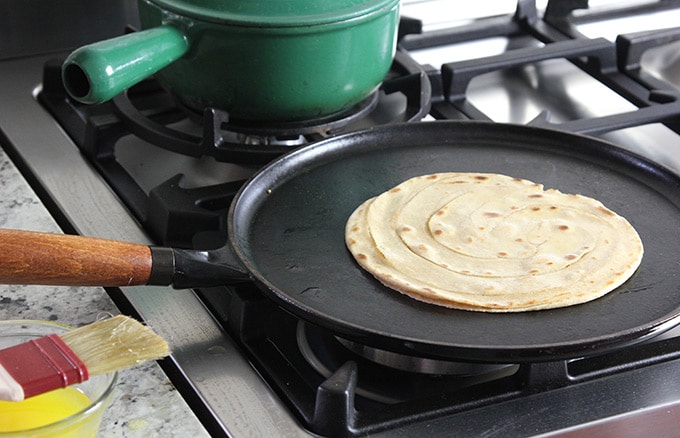
Regarding the skillet used for cooking the whole wheat paratha, in India they use what is called a tava.
A tava is a frying pan, which can be purchased flat, or with a very slight concave shape. It is the perfect pan for cooking flatbreads, and it can be purchased for $20–$40 online, or at an Indian store.
If you do not have a tava, no problem. You can use a large, non-stick skillet, a crepe pan, a pancake griddle, or so on, and it will work just fine.
A final consideration for equipment is the wooden rolling pin, known as belan in Hindi. When I first saw one it was new to me, but I have since learned that small wooden rolling pins are common in many cultures.
The French rolling pin is probably the most well-known. For some reason I grew up knowing only the giant variety. You know what I mean!
If you haven’t tried a small rolling pin, I recommend it. They are not expensive, and, well, they are just easier to work with. My recommendations are again just below.
These rolling pins are super versatile, and make rolling Indian flatbreads a breeze. Of course, if you don’t have one, any rolling pin can be made to work.
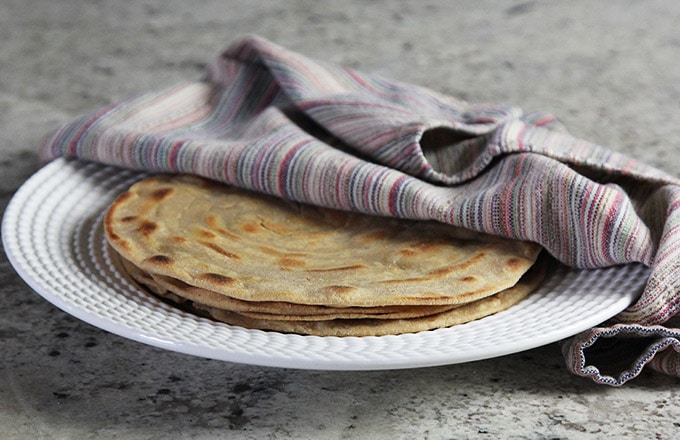
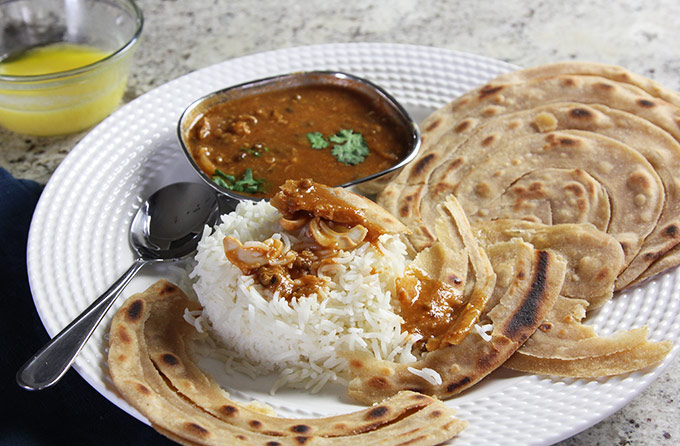
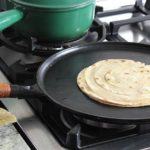
Recipe For Whole Wheat Paratha Flatbread Layered With Ghee
Ingredients
- 2 cups stone ground whole wheat flour, see post for details
- 1 teaspoon Himalayan pink salt
- 1 tablespoon vegetable oil
- ½ cup + 3 tablespoons warm water
- ½ cup ghee
Instructions
Make the paratha dough and other prep
- Place flour, salt, and a tablespoon of vegetable oil in a bowl. Use your fingers to rub the oil into the flour. Add the water by sprinkling it over the flour. Use your fingers, or a wooden spoon to combine it. After all the water is added, the flour will start coming together into a dough.
- Turn the dough onto the counter and knead it for about five minutes, or until a smooth, pliable dough forms. Cover with plastic wrap or a wet tea towel and allow to rest for 15 minutes or more.
- When you are ready to make the paratha, knead the dough again for a few minutes to warm it up and soften it further. Roll dough into a log, and use a knife to divide the dough into 8 equal disk-shaped portions. Cover until needed.
- Prepare by placing about half a cup of flour onto an 8 inch plate for dusting your paratha. Heat ghee in a glass dish or jar so it becomes liquid, and keep it ready, along with a pastry brush, for making the parathas. (A teaspoon would also work to spread the ghee if you do not have a brush.)
Fold the paratha
- Take the first portion of dough and press it between the palms of your hands into a flat disk about 3 inches in diameter. Dust the disk on both sides into the flour on the plate. Using a rolling pin, roll out the paratha to 6 inches in diameter.
- Use a brush or spoon to spread about a teaspoon of ghee evenly over the paratha. Lightly dust some flour over the ghee. This flour and ghee layer will help the paratha split into layers later.
- Fold the disk into an accordion shape. Once you have stacked up the pleats one on top of the other, spiral the dough into a cut-side-up Swiss roll (or like a cat curls up into a spiral). Tuck the last section of the pleat (on the outside edge of the roll) underneath the roll to seal it.
- Next, carefully flatten the pleated Swiss roll with the palm of your hand. Dust it again in the flour (use quite a bit of flour to soak up any excess ghee), and roll it out into a 6-inch disk. Now it is ready to cook.
Cook the paratha
- Preheat a tava or large skillet on medium heat for a few minutes and then add your first paratha.
- Cook on the first side for about a minute, until bubbles begin to appear all over the paratha. Brush with ghee, and flip the flatbread. Cook for 1-2 minutes. Add ghee to the second side, and flip again. Continue to cook until golden-brown spots appear on both sides.
- Proceed the same way with the remaining portions of the paratha dough. As you get faster, you will be able to roll out a new paratha as the previous one is cooking.
- Place the hot paratha on a plate, or in a dish, and cover it with a clean dish towel. The dish towel keeps the paratha warm, but allows moisture to escape so that it does not become soggy.
To serve
- Serve the Whole Wheat Layered Paratha with any Indian vegetable side, bean or lentil dal curry, and an optional condiment like Indian pickles, and/or raita.
Notes
Nutrition
If you liked this post, please share it with your friends on social media, or leave a comment below.
For more Buttered Veg lifestyle content, follow me on Pinterest, Facebook, Instagram, and Twitter.
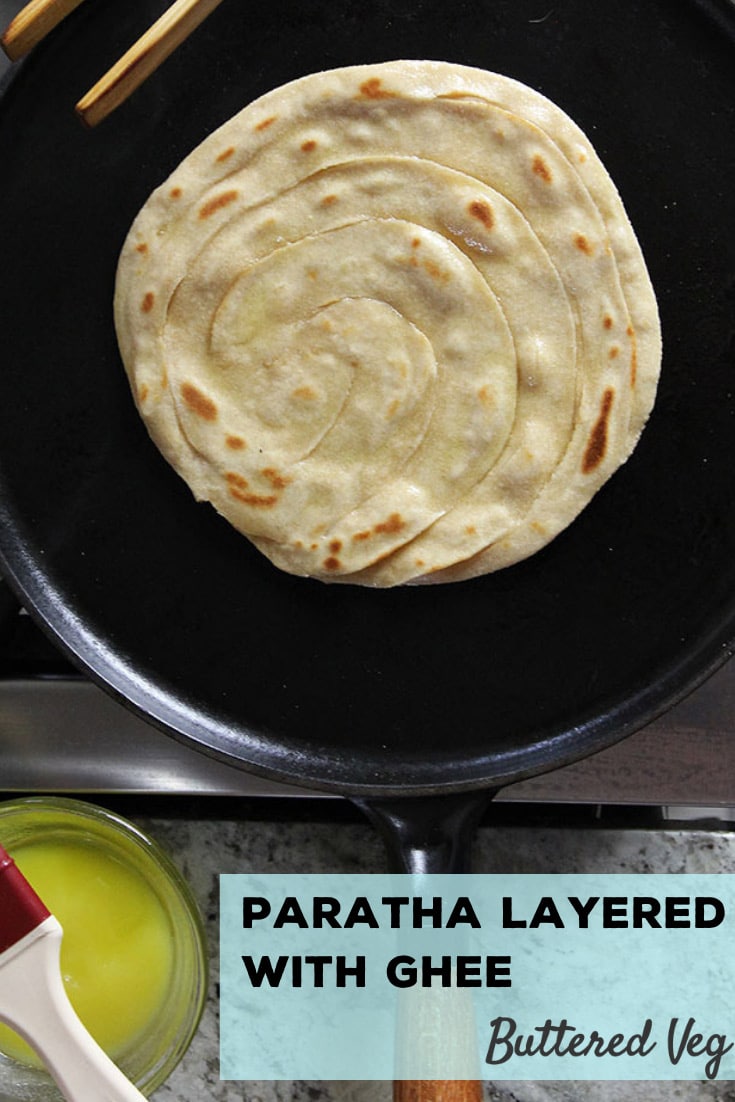

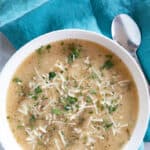
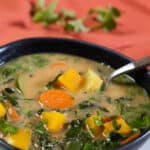
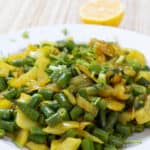
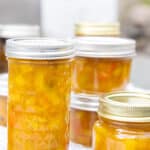
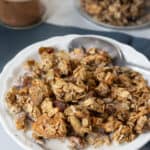
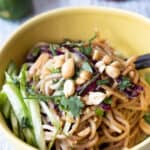
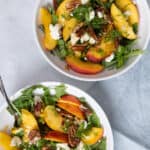
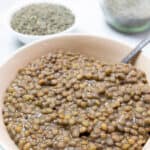
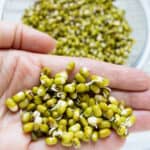
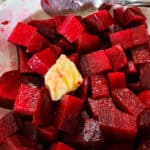
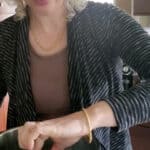

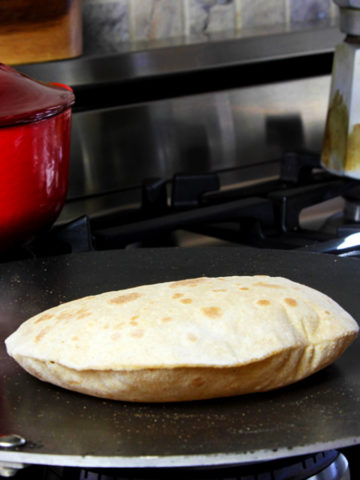
Leave a Reply